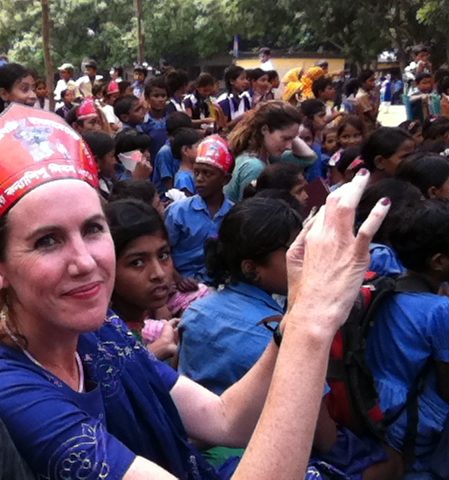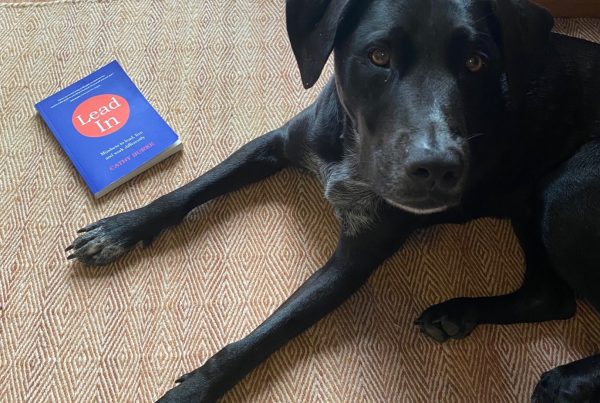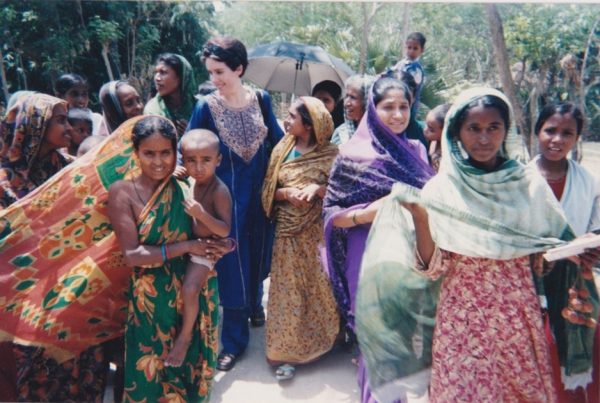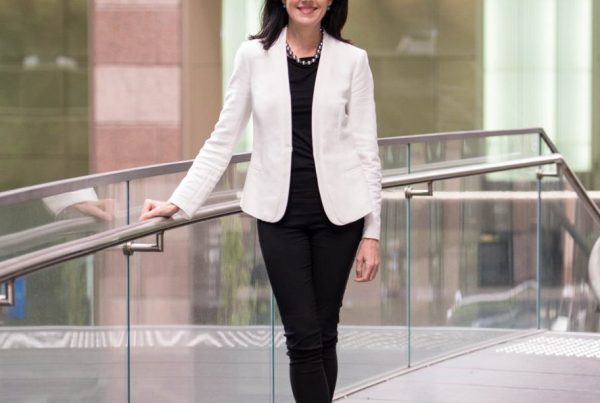What a time we live in! Everywhere we look we see change, disruption, protests, anger and disillusionment. It can be hard to know how to make sense of it all.
Globally there is fracturing and polarisation, and a very real existential fear that we are dooming ourselves and most other species through ‘a catastrophe of our own making’. It can feel impossible to know what to do. And as for feelings? We numb ourselves with food, booze or distractions.
Whether it’s the recent climate strikes, or trying to respond to change in an organisation, it’s easy to either shrug our shoulders and watch from the sidelines – or participate while wondering if this is enough or if it even matters.
Either way, we are divorced from our power and agency. As Martin Luther King Jnr said,
‘Power is the ability to achieve purpose and effect change.’
More than ever most people feel cut off from accessing this kind of power. And this is at a time when the world needs us to participate whole heartedly.
Given this, I want to share a powerful frame on how a more wholistic, systems thinking perspective can give rise to empowered activity in the area you are called to serve. This comes from Buddhist scholar Dr Joanna Macy’s 6 decade work in activism. I was lucky enough to study with her in person for a 2 week forest retreat nearly 2 decades ago. I think her wisdom is needed now more than ever.
In responding to challenges, whilst trying to create sustainable change, (which Macy calls the Great Turning), Macy identified 3 key elements. Each of these need to exist, and none on their own are sufficient to changing the status quo. Different people may be called to work primarily in one of the three elements. Knowing this helps us hold the wider web of change we are each weaving. I certainly have felt more empowered knowing this transformative context. It’s enabled me to take the action that is mine to take, knowing I don’t need to hold it all.
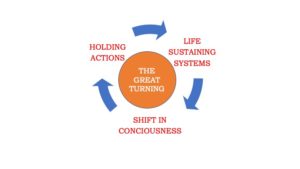
- Holding Actions.
This is the work to slow down or stop activities that are detriment to a more equitable world. It includes campaigns, petitions, boycotts, and rallies. We’ve seen holding actions in most of the great social changes: suffragettes chaining themselves to buildings to get the vote; the Aboriginal Freedom Rides of 1965 that helped herald full citizenship for Aboriginal and Torres Strait Islander peoples; Gandhi’s decades of civil disobedience.
The recent climate strikes, and Hong Kong protests are examples of holding actions. And every year in October, thousands of Bangladeshi girls show up for National Girl Child Day. They march through their villages and cities, demanding education and the end of child marriage. I’ve marched with them many times, and you see the power of people coming together. Being in the midst of thousands of young girls, raising their voices – it’s stirring and powerful stuff.
Holding actions are important, but by themselves, they are not enough. Relying on protest as the only way to create change can leave us exhausted, resigned and disillusioned.
2. Creating Life Sustaining Systems.
Rethinking how we do things, and creating appropriate structures and systems to support us is at the heart of this element of the Great Turning. These systems might include new forms of banking (microfinance), social enterprises, or even conscious travel. New technologies and inventions to transition us into a more sustainable world sit here. In your workplace, this could show up as a pilot initiative in wellbeing, or a project to develop courageous leadership that might over time grow into something broader.
Life sustaining systems point the way to a possible future, yet on their own are not enough. They are too nascent and fringy. They need time and space to grow and take root.
- A Shift in Consciousness.
In the past, changing the self and changing the world were seen as mutually exclusive. But in the times we now live in, awakening our consciousness is required to help spread the change we want to see. Personal and spiritual development is necessary.
Humans are hardwired to care for others, and owning this is a shift in consciousness. It’s what inspires us to taken on projects that don’t immediately benefit us. Macy calls this our connected self, and it can be developed. Brene Brown’s research into vulnerability as a hallmark of fearless leadership shows how we can deepen our sense of belonging in our families, our workplaces and our world. This is consciousness shifting from ‘me as individual’, to ‘me as an interconnected being’. To paraphrase Aboriginal activist Lilla Watson, our liberation is tied up with the liberation of everyone else.
I find this framework helpful in finding agency during these puzzling, chaotic and difficult times. I hope you do too. Find the part that you can play in the healing of our institutions, families, communities, selves, and world. It is all the same work and each aspect has its part. Know that I am walking this journey with you.
With love
Cathy


